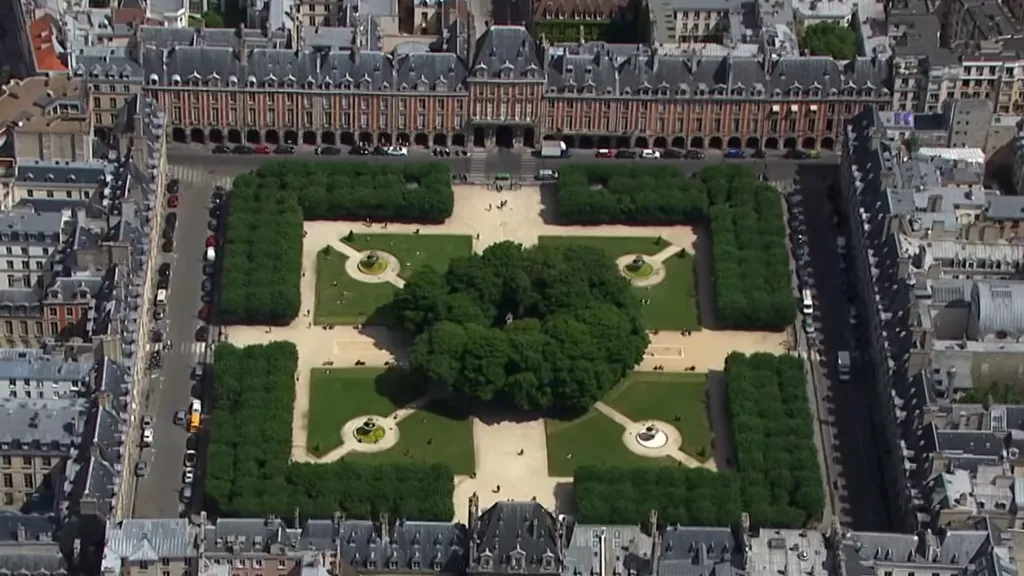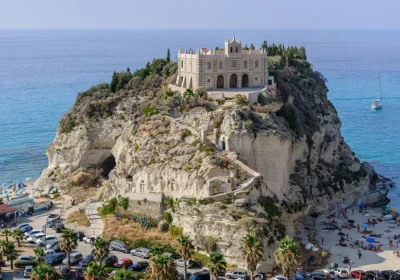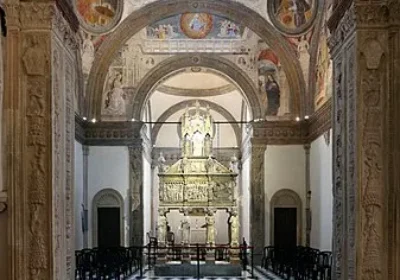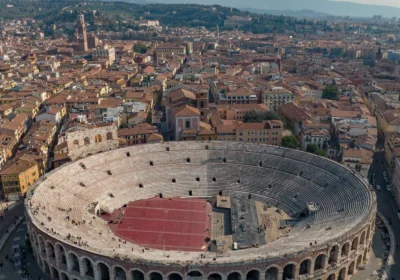The Marais is the quarter where kings lived in the 14th-16th centuries. It begins behind the City Hall, where (in the previous building) the ball described by Dumas in the story with the queen’s pendants took place, and ends at the Place de la Bastille,
n
where a column with the Genius of Liberty stands and the modern Opera House stands. The outlines of the former fortress are cobblestoned, and you will be in for a surprise when you see their size…
n
On one and the same street there are residential houses of the turn of the XIV-XV centuries, and castles, and mansions of the same era, and palaces of the XVII-XVIII centuries, and “Ottoman” buildings of the XIX century.
n
Marais (Le Marais) means “swamp” in French: once there was an ancient bed of the Seine. Then the river flowed differently, but continued to inundate the banks in times of floods. Already in the Roman era, the street leading from the City Hall to the Bastille was the road to Paris.
n
In 1358, King Charles V, frightened by a popular uprising, fled here from his castle on the Isle of Cité. He settles near the church of Saint-Paul (Eglise Saint-Paul-Saint-Louis) and builds a whole palace complex. One mansion belongs to the king, another to the queen, the third to the royal children, next to the palaces of the nobles, a park, cages with lions and other wild animals. The whole complex is protected by the urgently built fortress Bastille.
n
However, the palace of the king overlooks the Seine, where sewage is discharged and smells bad. Therefore Charles V builds another palace, La Tournelle. It was in La Tournelle that kings would be born, live and die. Until the tournament, during which, in the middle of the XV century, Henry II, husband of Catherine de Medici, will be killed by a splinter of a lance that accidentally hit him in the eye. Catherine de Medici would order the demolition of La Tournelle and begin building the Tuileries, and Henry IV would replace La Tournelle with the second royal square in Paris, now called Place des Vosges.
n
The Place des Vosges, with the exception of the square in the center, has been preserved as it was in 1606. Here you can walk through the courtyards of the palace of the first minister of Henry IV, sit in the famous restaurants and marvel at the urban planning genius of Henry IV.
n
The Marais is the most fashionable district of Paris in the XVII century, and the Place des Vosges is its center. That is why Dumas put Milady here, here lived Richelieu’s nephew, Madame Delorme, Madame de Savigny, and in the XIX century. – Victor Hugo and Theophile Gautier …
n
Not far from the square is the richest church of the 17th century. – Saint-Paul and Saint-Louis. The first stone in its foundation was laid by Louis XIII, the first mass here was served by Richelieu, in silver vessels here were kept the hearts of Louis XIII and Louis XIV, which one of the revolutionary artists used as a basis for diluting colors …
n
Behind the church, in the building of the modern Lyceum of Charlemagne once studied Jesuits. Nearby – part of the city wall and tower XII century, picturesque courtyards with antique stores, mansions.
n
On the bank of the Seine stands probably the most beautiful castle of Paris (XV century) – Hotel de Sens (French: Sens). In XVI century it was the headquarters of Cardinal Guise, and here, already in the beginning of XVII century, the 53-year-old Queen Margot settled down.
n
Rue des Francs Bourgeois (rue des Francs Bourgeois) – the most fashionable street of Paris XVII century. It looks like a thread on which are strung precious stones – mansions …. In the courtyard of one of them – the only surviving sculpture of Louis XIV, cast during his lifetime, in the courtyard of another – a French park, in the third – a dazzling front yard …
n
In the palaces of the XVII-XVIII centuries. libraries, associations, museums. Beaumarchais, Balzac, Daudet lived in the Marais. Flaubert, Zola, Turgenev came to visit the latter on Tuesdays …
n
Today, the Marais is a neighborhood where you will see unique scenes: monosexual families live here, there is an old Jewish quarter, original fashion boutiques, costume jewelry, bars and restaurants, some of which you will not be allowed to enter… Everything is a little different from the rest of Paris….

















